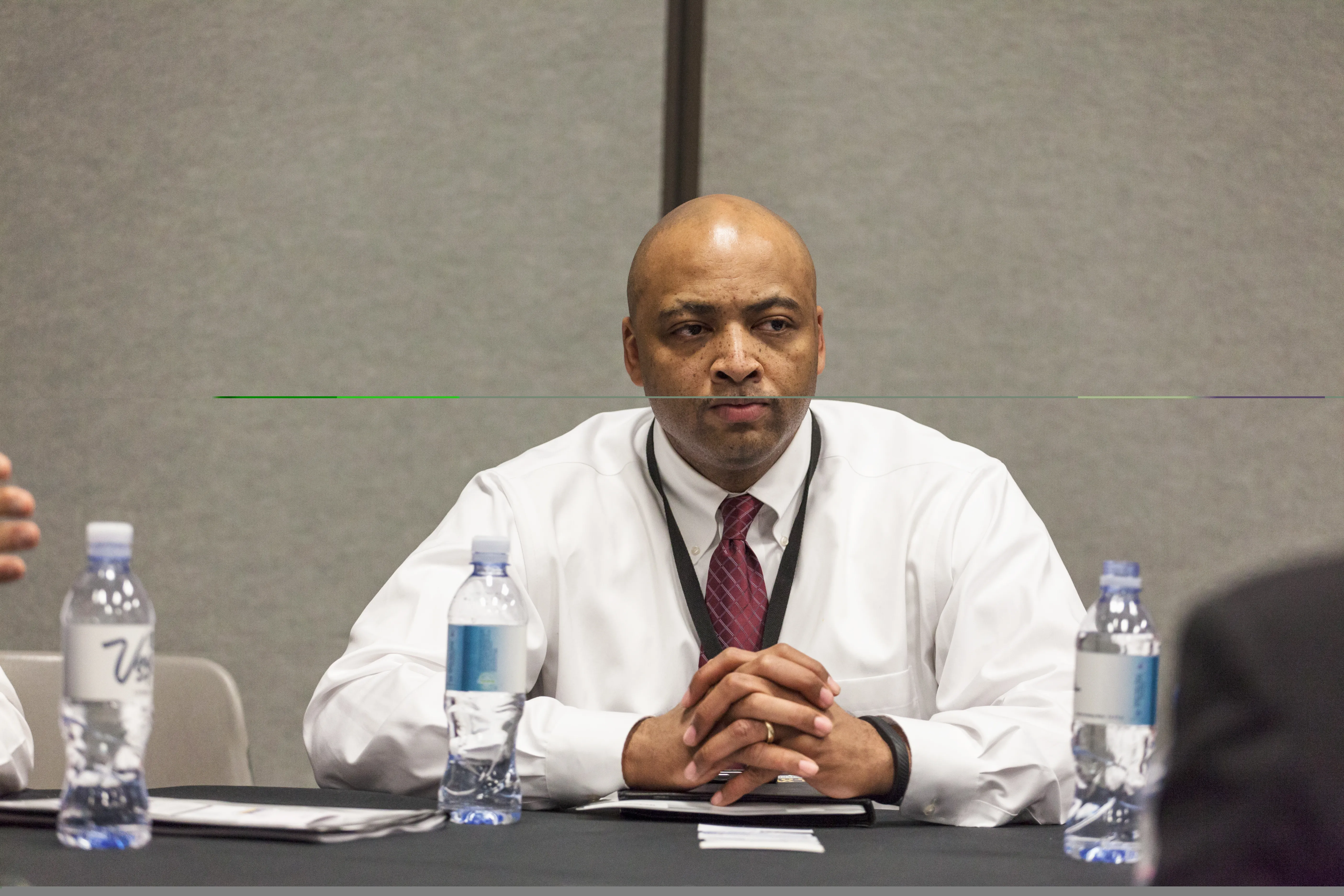The Mersey Gateway project in England has passed a significant milestone, with over half of the main bridge deck stretching across the River Mersey.
Work to install stay cables on the main bridge also passed a key point, with installation of the 31st 150m long cable – the halfway point for stay cable installations on the pylon.
When complete, 146 stay cables will support the 1km-long reinforced concrete bridge, with a combined load-bearing weight of more than 53,000tonnes.
“We’re now more than 50
March 10, 2017
Read time: 2 mins
The 6126 Mersey Gateway project in England has passed a significant milestone, with over half of the main bridge deck stretching across the River Mersey.
Work to install stay cables on the main bridge also passed a key point, with installation of the 31st 150m long cable – the halfway point for stay cable installations on the pylon.
When complete, 146 stay cables will support the 1km-long reinforced concrete bridge, with a combined load-bearing weight of more than 53,000tonnes.
“We’re now more than 50% through this highly visual phase of the Mersey Gateway construction,” said Gareth Stuart, project director of the Merseylink construction joint venture. “People will be able to see the stay cables connected to the bridge deck as it emerges across the river week by week.”
Each stay cable consists of up to 91 steel strands that sit inside a stay pipe – the outer casing that provides protection from weathering. More than 1,300km of the strands will be used on the project.
Every single strand needs to be installed individually, explained Merseylink’s design manager, George Moir. “It’s gone well so far, and we’re installing around six stays per week from the three pylons. The first two strands are threaded through the stay pipe then the tower crane lifts the pipe up to the anchor point in the upper pylon where the top ends of the strands are fixed into place.
“The bottom ends of the strands are then attached to the anchor point in the bridge deck and stressed using a hydraulic system. This enables us to get the correct level of tension needed to support that segment of bridge deck,” said Moir. “We then use a winch system through the stay pipe to winch the remaining strands up one by one. Once all of the strands have been installed they sit in parallel inside the stay pipe to form the stay cable.”
The stay cables vary in length; with the shortest measuring approximately 41m and the longest measuring 226m.
Work to install stay cables on the main bridge also passed a key point, with installation of the 31st 150m long cable – the halfway point for stay cable installations on the pylon.
When complete, 146 stay cables will support the 1km-long reinforced concrete bridge, with a combined load-bearing weight of more than 53,000tonnes.
“We’re now more than 50% through this highly visual phase of the Mersey Gateway construction,” said Gareth Stuart, project director of the Merseylink construction joint venture. “People will be able to see the stay cables connected to the bridge deck as it emerges across the river week by week.”
Each stay cable consists of up to 91 steel strands that sit inside a stay pipe – the outer casing that provides protection from weathering. More than 1,300km of the strands will be used on the project.
Every single strand needs to be installed individually, explained Merseylink’s design manager, George Moir. “It’s gone well so far, and we’re installing around six stays per week from the three pylons. The first two strands are threaded through the stay pipe then the tower crane lifts the pipe up to the anchor point in the upper pylon where the top ends of the strands are fixed into place.
“The bottom ends of the strands are then attached to the anchor point in the bridge deck and stressed using a hydraulic system. This enables us to get the correct level of tension needed to support that segment of bridge deck,” said Moir. “We then use a winch system through the stay pipe to winch the remaining strands up one by one. Once all of the strands have been installed they sit in parallel inside the stay pipe to form the stay cable.”
The stay cables vary in length; with the shortest measuring approximately 41m and the longest measuring 226m.








